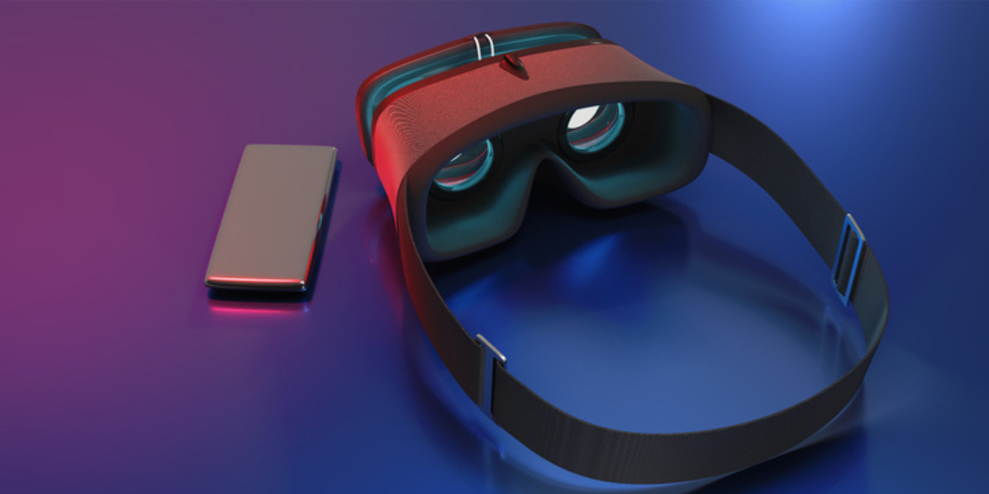COVID-19 was a transformative force in all sectors. For B2B organizations, the challenges and opportunities spurred by the pandemic meant making a myriad of changes—a shift toward digital sales chief among them.
B2B marketing has traditionally had a slower uptake than B2C because of the size, complexity, and pace of most B2B transactions, and the general confidence buyers have in field sales models for larger purchase decisions.
But when the pandemic accelerated digital uptake, the results were more positive than anyone expected. More than 75% of buyers and sellers are now reporting a preference for digital self-service and remote engagement in place of face-to-face sales processes. Even more notably, a full 70% of B2B buyers are open to making purchases in excess of $50,000 without in-person interaction.
Alongside the success of B2B sales, the digital shift has made it easier for sales organizations to extend their reach and lower their cost per interaction. Such virtual strategies will likely be fundamental in the market from now on.
On LinkedIn, where B2B marketers find about 80% of their social media leads, users posted 900% more articles between February and April 2020 than they did those same months in 2019.
In fact, B2B companies have been much more successful at crafting a rewarding digital customer experience compared with their B2C counterparts, research from McKinsey & Co showed. Its findings scored B2C companies below 50%: i.e., more than half of their customers said they came away dissatisfied with their online interactions.
Furthermore, customer experience has overtaken price and product as a brand differentiator, the same research found. Of people who had a subpar sales interaction, only 13% said they would return to the same company.
But it’s important for marketing teams not to conflate the success of virtual sales with the need for a virtual-only strategy. As every company ups their investment in digital marketing materials, the virtual world is growing more and more saturated. Attention is a highly sought commodity in the digital sphere, and digital-only strategies can go only so far.
In short, the growing popularity of digital sales is not a reason to move all marketing efforts online.
To avoid losing repeat sales, marketers should focus on mastering the B2B customer experience and reaching their clients through more memorable, meaningful experiences—whether virtual or in-person, or both.
Here are a few places to focus on as the post-pandemic marketplace begins to take shape.
The Power of Hybrid Offerings
B2B buyers make complex, time-consuming, highly consequential decisions. The sale itself might take place online, but the task of building trust and fostering engagement is a long and winding road that’s best walked, at least in part, in person.
To that end, hybrid experiences are perfectly designed to extend beyond the screen and engage clients in more immersive, trust-building ways.
Hybrid offerings are also being elevated to an entirely new level by a strategy that uses extended reality (XR). XR refers to the considered combination of virtual reality (VR), artificial reality (AR), and mixed reality (MR) technologies that help marketers translate on-screen campaigns to in-person experiences.
XR is gaining rapid enthusiasm among marketing professionals, and the XR market is projected to reach $300 billion in 2024.
XR for a Memorable B2B Customer Experience
B2B marketers can use an XR strategy in many ways. It has particularly important applications related to testing and trials. Integrated AR technologies allow decision-makers to render products in a real-life environment. Manufacturing clients can render digital elements in real physical environments, allowing them to better understand how a product would fit in with their workflow.
Pharmaceutical companies are using XR to make product developments more layman-friendly, moving away from digital-only demonstrations and allowing decision-makers to better experience both the problem and the solution.
But XR is a tool that goes beyond product demonstrations. Event-based offerings are a crucial part of any B2B marketing strategy because they provide decision-makers with the in-depth information they need, thus accelerating pipeline generation and increasing confidence among clients.
The restrictions brought on by the pandemic forced events and conferences into the virtual sphere. Virtual events have tangible benefits—namely, expanding the number of attendees that can attend and access the presentations without the cost of flights, hotels, and time away from their day-to-day operations. But without an XR component, virtual events can fall short.
As gatherings become safer, smart marketing professionals are adding XR to in-person events, integrated seamlessly with the conference or virtual gathering experience.
Companies can send their clients on in-person tours around a facility or event space guided by augmented reality interactions. They can use an app-guided engagement strategy to bring people together at a physical booth where they then offer an immersive XR demonstration. In-person networking events can be added after the conference or presentation to help cement the information in people’s minds and allow them to make connections.
Such tactics help B2B marketers bring their campaigns closer to the real-life reality of their clients, making their B2B customer experience more fulfilling than any digital-only approach.
* * *
Virtual sales might make transactions easier, but face-to-face sales, meetings, and conferences establish the kinds of high-quality connections that are more conducive to respect and long-term relationships. B2B companies that can offer innovative and captivating customer experiences to foster better engagement are positioned for outsized benefits.
For companies that are moving beyond the task of COVID-era survival, now is the time to use an XR strategy in their hybrid offerings. Increased sales, better customer experience, and renewed client support await.
…
This article first appeared in www.marketingprofs.com
Seeking to build and grow your brand using the force of consumer insight, strategic foresight, creative disruption and technology prowess? Talk to us at +971 50 6254340 or mail: engage@groupisd.com or visit www.groupisd.com/story


